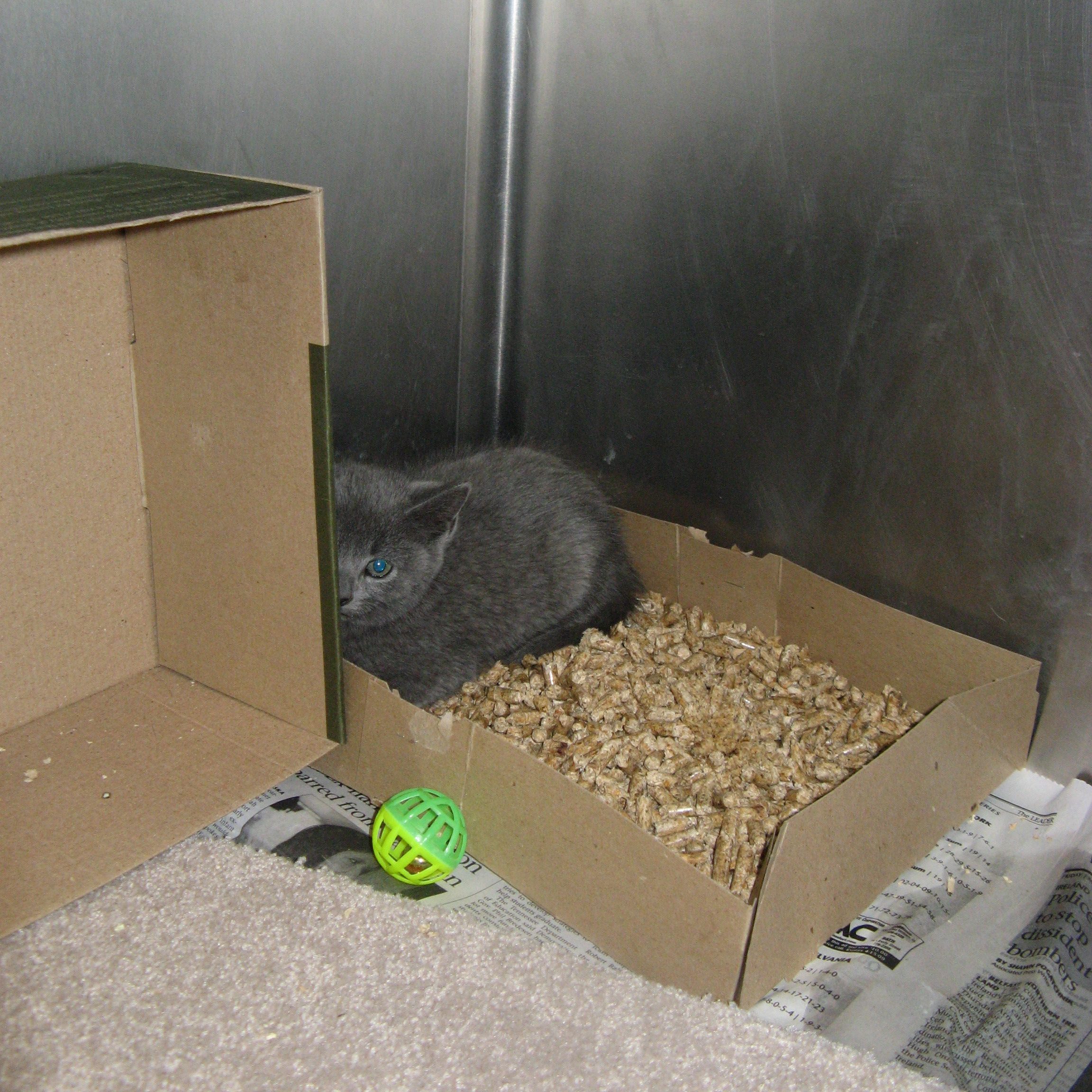Module 8: The Case of the Barking Dog
Health and Wellness
Wellness is defined as the maintenance of good health. Both physical health and behavioral (or emotional) health comprise wellness. For example, a cat or dog may be physically fit, free from infectious or other physical disease, but suffering from severe anxiety. This animal cannot be assessed as truly healthy and this behavioral disorder must be addressed in order to ensure their well-being. A wellness program to optimize animal health in the shelter must therefore address both physical and behavioral (emotional) health.
Emotional Health
Good emotional or mental health implies a state of psychological or behavioral wellbeing. When animals possess good emotional health, they experience an array of positive emotional states (contentment, playfulness, relaxation) and are able to effectively function, learn, and adapt in every day life. If faced with a stressful situation, they are able to cope, and do not experience significant or prolonged stress, fear, anxiety, or frustration as a result. In short, emotionally healthy animals are content and resilient and successfully enjoy their every day lives. This is the ultimate goal for any animal residing in a shelter.
The Reality of Shelter Life
Admission to any shelter may be a stressful event for animals because of the abrupt change in environment. The strange sights, smells, and sounds combined with the presence of unfamiliar people and animals trigger apprehension, thus almost all animals experience at least some degree of fear and anxiety following admission. Confinement in an unfamiliar environment makes coping difficult because it is generally challenging for cats and dogs in shelters simply to engage in normal every day behavior. The day-to-day interactions they receive may be inconsistent and unpredictable, making it difficult for them to learn what to expect, and therefore more difficult for them to adapt. For all of these reasons, even short-term confinement in an animal shelter can induce severe stress, anxiety, and fear. Furthermore, in tight confinement cats and dogs have little control and few behavioral options that might serve as effective outlets for their needs. With inadequate physical and mental stimulation, animals may experience increasing anxiety and frustration in the days and weeks following admission. If un-ameliorated, the negative emotional states that animals in shelters experience result in poor emotional health and compromised welfare. Tragically, some animals ultimately develop persistent or even life-long emotional problems as a result of experiencing severe or overwhelming stress (distress), or ongoing or prolonged stress during a long term shelter stay. Indeed, the experiences that animals undergo during their stay in a shelter can impact their emotional health for the rest of life.

Time is of the Essence!
When considering emotional health in the shelter, it must be recognized that animal shelters are simply not normal or natural environments in which to house cats and dogs. They are meant to serve as temporary housing for pets waiting to be reclaimed, rehomed, or returned to the field, and in some cases temporary housing for animals that will be euthanized.
Over the past two decades, there has been a growing trend in animal sheltering to afford pets awaiting adoption longer-term stays. This is especially common in shelters that do not euthanize cats and dogs unless perceived as medically or behaviorally necessary. If not chosen by an adopter, an animal may stay in the shelter for weeks, months, or even years. Long term housing (i.e. greater than 2 weeks) predisposes animals to compromised behavioral health and welfare. In fact, maintaining the behavioral health and welfare of animals residing in shelters long term is extremely difficult because the risk of emotional distress and behavioral deterioration increase dramatically over time. For this reason, the best means of safeguarding the emotional health of shelter animals is to get them out of the shelter as quickly as possible! This can only be accomplished with good population management practices designed with efficiency in mind.
When sheltering organizations operate above their capacity for care, in other words, when they operate without sufficient resources to provide proper and efficient animal care, animal health and welfare are compromised. Increases in the prevalence of infectious diseases are common, and likewise increases in displays of fear, anxiety, stress and frustration-related behavior by resident animals can be expected. Providing behavioral wellness care in the shelter is a must, and ensuring the shortest length of stay possible will provide the best chance of preventing negative consequences associated with chronic stress and the development of serious problem behavior.

